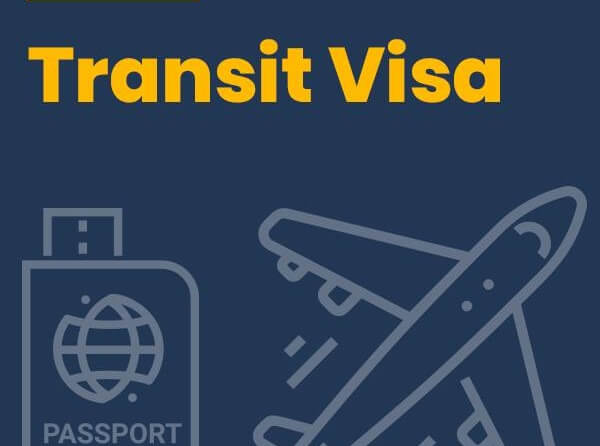In the realm of international travel, the transit visa is a crucial element often overlooked by globetrotters. Whether you’re a seasoned traveler or a novice adventurer, understanding the intricacies of transit visas can significantly enhance your travel experience. In this comprehensive guide, we delve into the nuances of transit visas, providing you with invaluable insights to ensure smooth passage through international airports.
What is a Transit Visa?
A transit visa is a specialized travel document that allows you to pass through a country en route to your final destination. It is essential for layovers or connecting flights in a country that is not your ultimate stop. While not all countries require a transit visa, being well-informed about this aspect of travel can prevent unexpected hurdles during your journey.
Types of Transit Visas
1. Airport Transit Visa (ATV)
Designed for passengers not leaving the international transit area of the airport, the Airport Transit Visa is ideal for those with connecting flights within the same airport. It’s a time-sensitive visa, ensuring you stay within the airport confines during your layover.
2. Short Stay Transit Visa
For those planning a brief stopover with the intention of leaving the airport, a Short Stay Transit Visa is necessary. This type allows you to explore the host country for a limited duration before continuing your journey.
Navigating Transit Visa Requirements
1. Research Destination-Specific Regulations
Different countries have varying rules and regulations regarding transit visas. It’s imperative to research the specific requirements of your layover destination to avoid any complications.
2. Understanding Eligibility Criteria
Each type of transit visa comes with its own set of eligibility criteria. Be sure to meet these criteria to ensure a hassle-free application process.
3. Application Process
Initiating the transit visa application process well in advance is key. Compile all necessary documents, including proof of onward travel and valid identification, to expedite the process.
Benefits of Obtaining a Transit Visa
1. Exploration Opportunities
Opting for a Short Stay Transit Visa opens up the possibility of exploring the layover destination, turning a mundane wait into a mini adventure.
2. Reduced Travel Stress
Having a transit visa in hand alleviates the stress of navigating unexpected flight delays or cancellations. It provides a buffer, allowing you to comfortably manage unforeseen circumstances.
Common Misconceptions about Transit Visas
1. Not Needed for Short Layovers
Contrary to popular belief, even short layovers may require a transit visa if you plan to exit the airport. It’s crucial to check the regulations of your layover destination.
2. Only for Specific Nationalities
Transit visas are not exclusive to specific nationalities. Regardless of your citizenship, if your layover destination necessitates a transit visa, it’s imperative to obtain one.
Conclusion: Streamlining Your Transit Experience
In conclusion, a comprehensive understanding of transit visas is pivotal for a seamless international travel experience. From discerning the types of visas to navigating application processes and debunking common myths, this guide equips you with the knowledge to optimize your transit journey.

